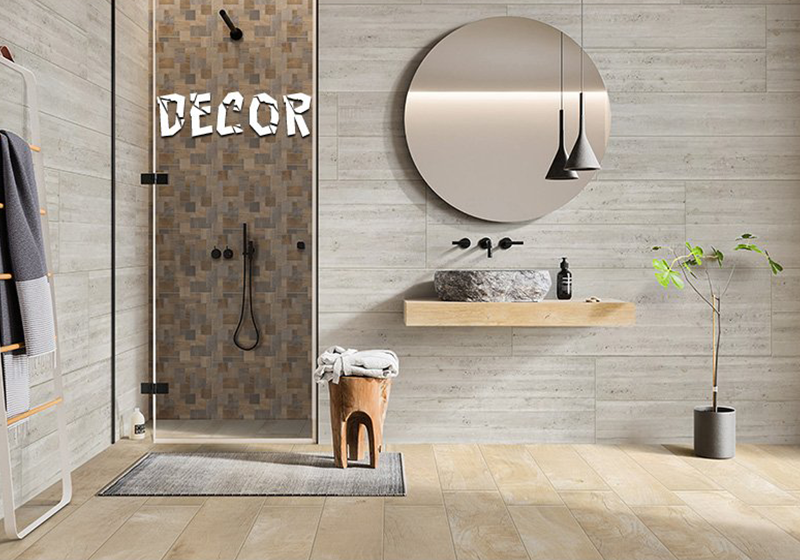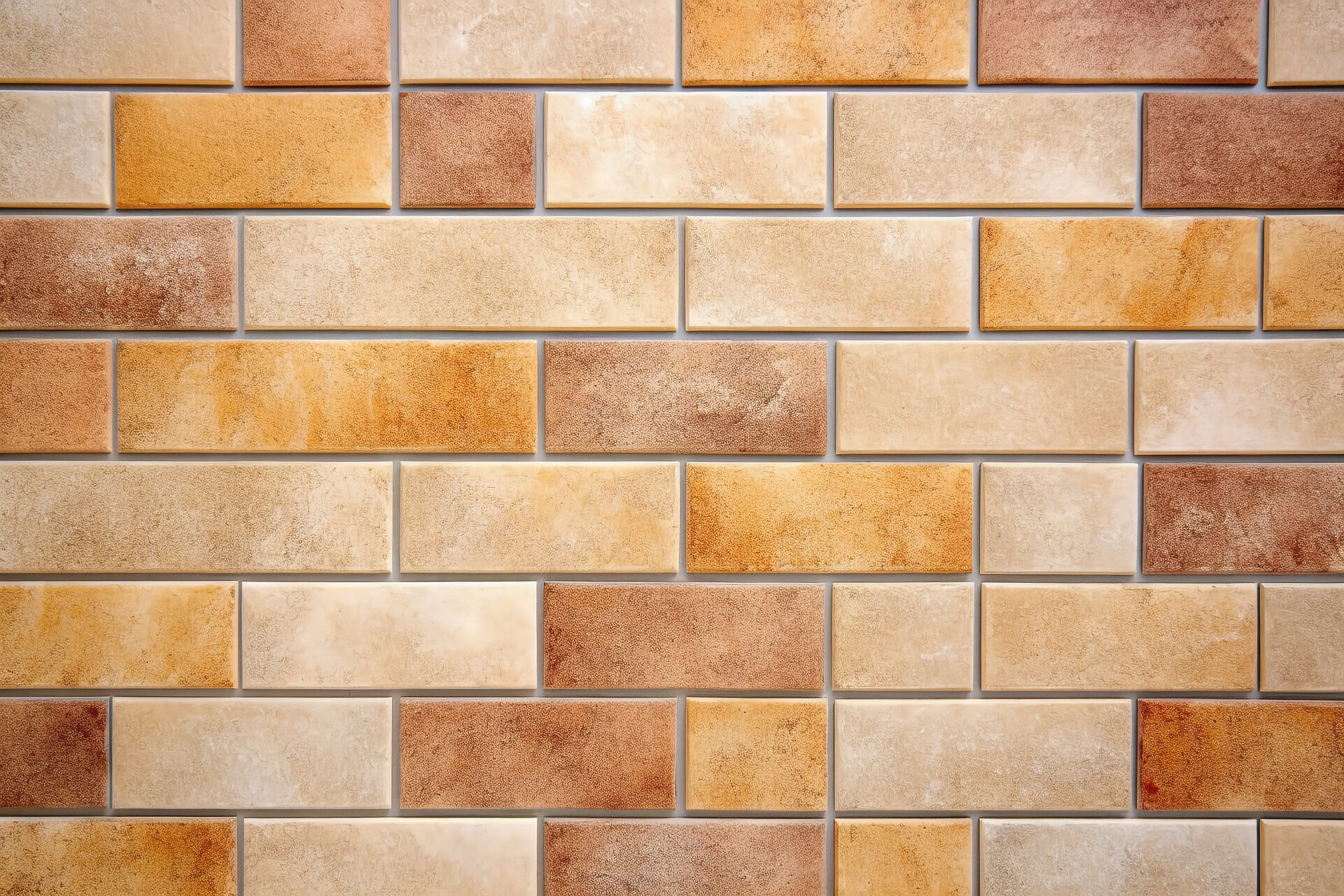Difference Between Polished and Glazed Porcelain Tiles
In the dynamic realm of interior design and construction, the flooring material is a critical element, shaping both the aesthetic and functionality of a space. Among the plethora of options available, porcelain tiles stand out for their durability and versatility. Two common variants, polished and glazed porcelain tiles, each possess unique characteristics catering to diverse preferences and requirements. This blog post aims to unravel the intricacies of these two types, shedding light on the distinctions associated with 3x12 porcelain tiles, 3x12 porcelain floor tiles, and 3x12 porcelain subway tiles. Additionally, it will delve into the perennial debate: glazed or polished porcelain tiles?
Diving into the Details: Polished vs. Glazed Porcelain Tiles
Polished Porcelain Tiles
Commencing our exploration with polished porcelain tiles, these undergo a meticulous process involving surface grinding to achieve a smooth, glossy finish. This process not only enhances the tiles' aesthetic appeal but also imparts a reflective quality, creating an ambiance of sophistication and luxury. The term "aqua blu polished porcelain tile" denotes a specific variant with a captivating blue hue, adding a unique touch to the polished porcelain category.
Glazed Porcelain Tiles
On the flip side, glazed porcelain tiles are characterized by a layer of liquid glass applied to the surface before firing. This layer, once hardened, results in a protective and decorative coating. The addition of glaze not only renders the tiles resistant to stains and moisture but also opens up a myriad of design possibilities. Glazed porcelain tiles are known for their vibrant colors and intricate patterns, making them a popular choice for both residential and commercial spaces.
Decoding the Dilemma: Glazed or Polished Porcelain Tiles?
1. Aesthetic Appeal
The choice between glazed and polished porcelain tiles primarily hinges on personal preference and the desired atmosphere. The reflective quality of polished tiles can create a sense of spaciousness and opulence, ideal for upscale environments. Conversely, glazed tiles offer a broader range of colors and patterns, allowing for more creativity in design.
2. Durability and Maintenance
While both glazed and polished porcelain tiles boast durability, their maintenance requirements differ. Polished tiles may require more attention due to their reflective surface, which can accentuate smudges and scratches. Glazed tiles, with their protective layer, are generally easier to clean and maintain.
3. Application
Consideration of the intended use of the tiles is crucial. For spaces with heavy foot traffic, such as commercial settings, glazed porcelain tiles may be a more practical choice due to their enhanced resistance to wear and tear. Polished tiles, with their luxurious appearance, may find a perfect home in residential spaces where the emphasis is on elegance.
Exploring 3x12 Porcelain Tiles: Floor and Subway Variants
1. 3x12 Porcelain Floor Tiles
The dimensions of 3x12 porcelain floor tiles make them a versatile choice for various spaces. Their elongated shape can create visually appealing patterns, adding an extra layer of sophistication to the flooring. The choice between glazed and polished variants depends on the desired ambiance and practical considerations related to the specific location.
2. 3x12 Porcelain Subway Tiles
Subway tiles, characterized by their rectangular shape, have become a timeless choice for kitchens and bathrooms. The 3x12 porcelain subway tile variant offers a modern twist to this classic design. The decision between glazed and polished tiles depends on the overall design theme and the desired visual impact.
Conclusion: Striking the Right Balance
In the grand tapestry of interior design, the choice between glazed and polished porcelain tiles transcends mere aesthetics. It involves a thoughtful consideration of factors such as durability, maintenance, and intended application. Whether opting for the sleek elegance of 3x12 porcelain tiles, the durability of glazed porcelain floor tiles, or the classic appeal of 3x12 porcelain subway tiles, understanding the distinctions empowers business partners to make informed decisions aligned with their specific needs and vision for a space. As the debate persists – glazed or polished porcelain tiles – the answer lies in finding the delicate equilibrium between form and function.


